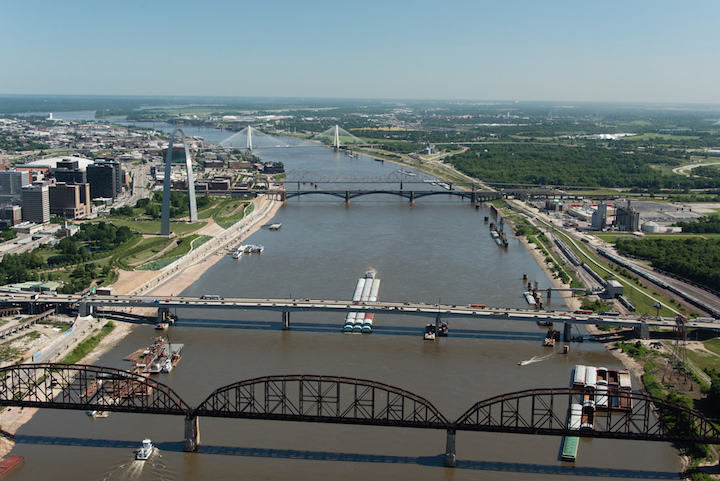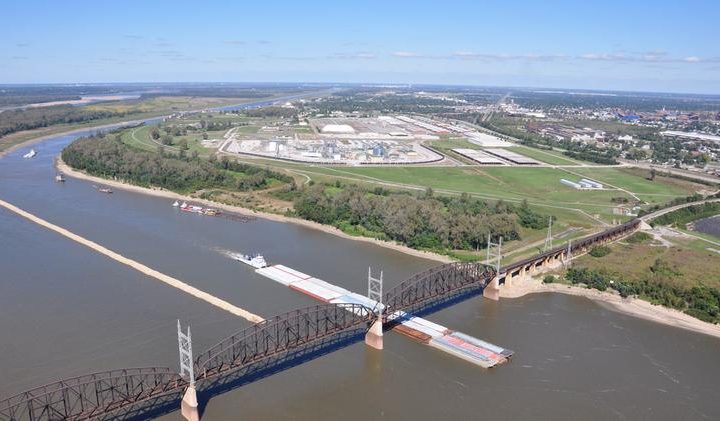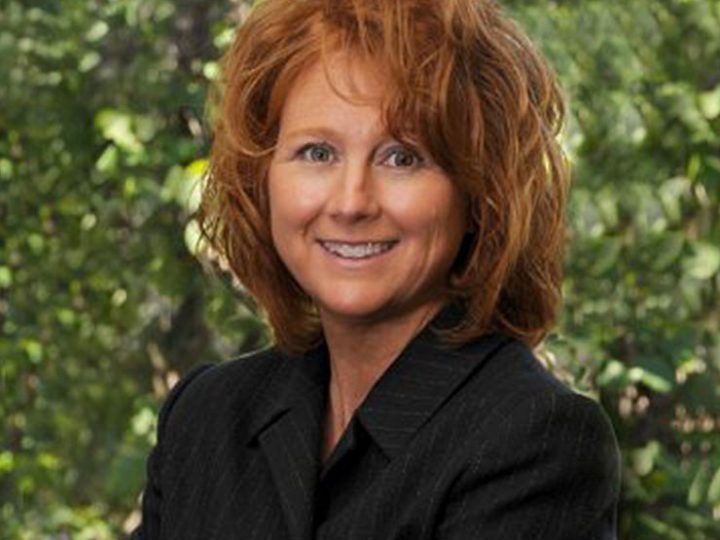
Recent webinar highlights the need for alternatives to congested coastal ports to relieve the supply chain disruption impacting the nation
The World Trade Center St. Louis recently hosted a webinar discussing the ongoing national supply chain crisis and the role the St. Louis region can play in helping to alleviate it for businesses and consumers. The event featured a panel of experts discussing the global challenges being faced and how routing it through the bi-State St. Louis region can be part of the solution.
Mary Lamie, Executive Vice President of Multimodal Enterprises for Bi-State Development, and head of the St. Louis Regional Freightway said that companies are looking for a location that is both multimodal and globally accessible, both of which are qualities the St. Louis region possesses. With the most efficient inland port in the nation and six Class I railroads, the St. Louis region offers access to all four quadrants of the United States, making St. Louis an ideal location for customers who need to quickly move during supply chain disruptions. The Mississippi River to the gulf coast supply chain also provides access to a wide array of international customers in places such as Europe, Africa, and South America.
Executive Director of America’s Central Port Dennis Wilmsmeyer called attention to the proposed merger between Canadian Pacific Railway and Kansas City Southern that would put the region on par with Chicago in terms of rail connectivity. He also cited the additional advantages the region offers with its central location putting shippers just a two-day truck drive from 70% of the U.S. population, and advances with Container-on-Barge and proposed Container-on-Vessel services make shipping on the inland waterways even more competitive.
Wilmsmeyer spoke about how the supply chain problem began. At the start of the pandemic, China was the first to shut down factories and slow production at a time when the rest of the world also shut down. This led to a sudden surge in demand for things like home improvement goods and electronic computer products as people transitioned to working from home, but the supply of product coming out of major global trade hubs like China suddenly came to a grinding halt. This initiated what is an ongoing supply chain problem. “You add to that the sheer backlog of things … going to the Chinese ports, stacking up there, then getting loaded on ships and coming to California for shipment across the United States and then the backlog there… It is an entire movement, slowly, [like] a watermelon moves through a snake, that backlog slowly moves through the system,” said Wilmsmeyer. He added that what we are seeing now – and have experienced over the past year, especially on the West Coast – is that this whole movement has further been slowed by a shortage of workers, from truck drivers, and rail workers to dock hands.
The St. Louis region is positioned to be part of the solution to this crisis, particularly pertaining to congestion at West Coast ports. “The St. Louis region is a reliever for other regions, such as Chicago,” said Lamie. “Our port system can serve as an alternative for others during national and global supply chain disruptions.” She also called attention to the ongoing infrastructure expansion projects that are helping to ensure the region can continue to have the capacity to serve as a reliever.
Panelist Robert Shapiro, a partner with Thompson Coburn explained that there may also be certain options available to importers to speed up the shipping process by changing where they choose to clear customs, and that there is a cost-versus-timeliness tradeoff to be considered.
“There’s an option when you’re importing goods to either clear them through customs at the first port of arrival, or you can clear customs at the port of destination. So, let’s say you’re shipping a container from Los Angeles, CA (LA) to St. Louis, MO. You could make entry in LA, or you could conduct the customs formalities in St. Louis. There’s some extra costs to push that clearance route out to St. Louis because you have basically two entries that you would be filing, but it does facilitate moving the goods off of the pier more quickly,” Shapiro said. “Customs wouldn’t be examining containers in Los Angeles, which slows things down – if an examination is going to occur, it would happen in St. Louis.”
Shapiro added that, while there’s been much talk of the government stepping in to require changes at the West Coast ports to ease the congestion, there are limits to the role the government can play in helping alleviate this crisis, and the processes involved means that change is often implemented too slowly.
“I’m an optimist. I think we are already beginning to see some relief, and I think we will be through this crisis by middle of 2022 or into the third quarter. But it takes time to redo things,” Shapiro said. “I also think that some of it depends on the progress of the pandemic. We were with Delta now we’re dealing with Omicron. It is possible that the next variant will delay progress.”
To learn more about the World Trade Center St. Louis and the initiatives they’re involved in, visit worldtradecenter-stl.com.




